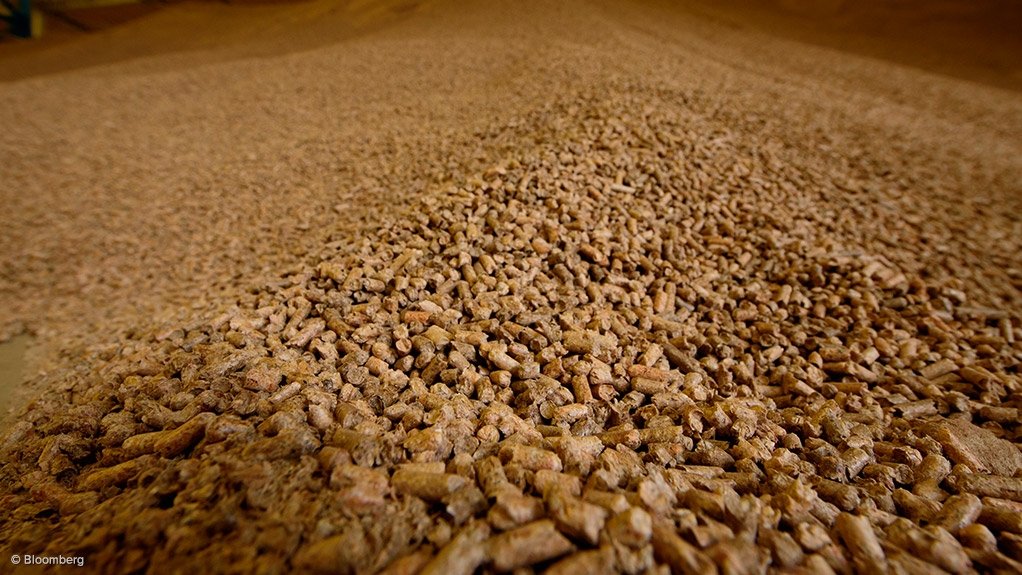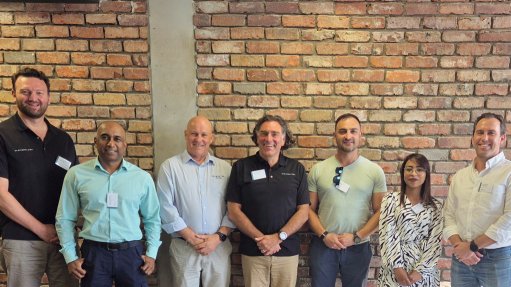Plan in motion to manage carbon tax uncertainties
Through education, lobbying and research, the pulp and paper industry will manage policy uncertainties regarding the inception of carbon tax, says Paper Manufacturers Association of South Africa (Pamsa) executive director Jane Molony.
“The draft Carbon Tax Bill has been designed to ensure that its overall impact will be revenue neutral up to 2020 and, to date, has received 90 comments that will be taken into consideration for its revision. This, unfortunately, is not really providing clarity on an actual start date,” she states.
The Bill was published on November 2, 2015, as part of South Africa’s commitment to reducing greenhouse-gas (GHG) emissions by 34% by 2020, and by 42% by 2025. This was part of the system for implementing government policy on climate change as outlined in the 2011 National Climate Change Response Policy and the National Development Plan.
The draft Carbon Tax Bill aims to put a price on the environmental and economic damages caused by excessive GHG emissions, thereby encouraging firms and consumers to use cleaner technology.
However, Molony notes that National Treasury has included carbon sequestration – the long-term storage of carbon dioxide (CO2) by trees – by forestry plantations in the Bill. “The inclusion of sequestration is an acknowledgement that the forest products sector plays a vital role in mitigating the effects of carbon emissions and climate change,” she claims.
The pulp and paper industry’s carbon offsets – defined as a measurable reduction of CO2 and other GHG emissions – are the absorption of CO2 by trees planted for the manufacturing of pulp and paper products, as well as the use of biomass-based renewable energy.
The industry plays an important role in contributing to the production of renewable energy and reducing dependence on fossil fuels by using residuals and by-products of the pulp and papermaking process, such as black liquor, biomass and wood chips, to produce much of the energy required for its operations, she explains. “According to the international carbon accounting principle, these residuals and by-products are carbon neutral when combusted for energy.”
The use of biomass fuel for electricity generation yields additional benefits, such as a high load factor (90% in comparison to other technologies which have 30% to 40%), and opportunities for employment in the forest products value chain.
In April last year, global paper manufacturer Sappi announced the establishment of a 25 MW biomass project – a first for South Africa – at its Ngodwana mill, in Mpumalanga, the biomass for which will be supplied by its local plantations. In addition, a 10 MW combined heat and power project has been planned at its Tugela mill in KwaZulu-Natal.
The pulp and paper industry generates a significant percentage of its own electricity through cogeneration (combined heat and power) which involves using exhaust heat from gas turbine electrical generators for producing heat (mostly steam) in manufacturing processes. Mills use electricity to power equipment and steam in the manufacture of products. Steam is also used to heat dryers used in papermaking.
An added benefit is that the higher efficiency levels of cogeneration plants reduce the specific emission levels of GHGs. Gas turbine electrical generators alone have efficiencies in the 30% to 35% range. If cogeneration is used, efficiency increases to approximately 60%. With cogenerated power, a greater proportion of the energy contained in the fuel is used than with condensing power. Cogeneration is thus a more environment-friendly process.
The use of biomass fuel for electricity generation also presents opportunities for employment in the forest products value chain. “But most significantly is the renewability of biomass supply through replanting of trees,” adds Molony.
The pulp and papermaking industry thus has the potential to be a key contributor to reducing South Africa’s national GHG emissions. The ‘2015 Sustainability Progress Report’, published by the International Council of Forest and Paper Associations (ICFPA) – of which Pamsa is a member – shows improvements on a range of sustainability indicators and highlights the industry’s contributions toward a green economy.
Continued research into biotechnology by the paper and pulp sector further highlights the relevance and value of the industry in South Africa. As a member of ICFPA, Pamsa maintains ongoing interaction with and learns from similar associations around the world.
Additionally, Pamsa runs an extensive research and development programme through its process research unit, which relies on the work of local master’s degree and PhD students to conduct initial research that companies can then develop further to create competitive products and innovation.
The Department of Science and Technology further granted Pamsa R9-million in 2015 for biotechnology research in the paper and pulp sector. The funding is predominantly earmarked for the development of innovative biotechnical processes for the beneficiation of waste and other process streams associated with industry. It will also provide for the upskilling of graduates participating in several research projects particular to South African conditions.
“This research is crucial for pulp and paper companies to remain profitable by reinventing themselves as producers of fibre-based products,” concludes Molony.
Article Enquiry
Email Article
Save Article
Feedback
To advertise email advertising@creamermedia.co.za or click here
Comments
Press Office
Announcements
What's On
Subscribe to improve your user experience...
Option 1 (equivalent of R125 a month):
Receive a weekly copy of Creamer Media's Engineering News & Mining Weekly magazine
(print copy for those in South Africa and e-magazine for those outside of South Africa)
Receive daily email newsletters
Access to full search results
Access archive of magazine back copies
Access to Projects in Progress
Access to ONE Research Report of your choice in PDF format
Option 2 (equivalent of R375 a month):
All benefits from Option 1
PLUS
Access to Creamer Media's Research Channel Africa for ALL Research Reports, in PDF format, on various industrial and mining sectors
including Electricity; Water; Energy Transition; Hydrogen; Roads, Rail and Ports; Coal; Gold; Platinum; Battery Metals; etc.
Already a subscriber?
Forgotten your password?
Receive weekly copy of Creamer Media's Engineering News & Mining Weekly magazine (print copy for those in South Africa and e-magazine for those outside of South Africa)
➕
Recieve daily email newsletters
➕
Access to full search results
➕
Access archive of magazine back copies
➕
Access to Projects in Progress
➕
Access to ONE Research Report of your choice in PDF format
RESEARCH CHANNEL AFRICA
R4500 (equivalent of R375 a month)
SUBSCRIBEAll benefits from Option 1
➕
Access to Creamer Media's Research Channel Africa for ALL Research Reports on various industrial and mining sectors, in PDF format, including on:
Electricity
➕
Water
➕
Energy Transition
➕
Hydrogen
➕
Roads, Rail and Ports
➕
Coal
➕
Gold
➕
Platinum
➕
Battery Metals
➕
etc.
Receive all benefits from Option 1 or Option 2 delivered to numerous people at your company
➕
Multiple User names and Passwords for simultaneous log-ins
➕
Intranet integration access to all in your organisation





















